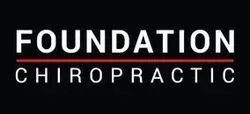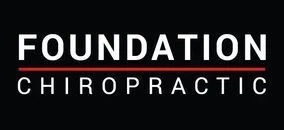Sciatica - What is it? Part 1
- posted: Jul. 23, 2020
The pronunciation of this word is almost as painful as having this condition. Sciatica can be described by those who have suffered with this as a lightning sharp pain shooting from the hip, buttocks or lower back down the leg all the way to the foot. It generally is only on one side, but sometimes the pain will switch back and forth. Sciatica is characterized by pain or numbness traveling past the knee when it stops before the knee it is not sciatica but still indicates nerve pressure.
What causes this to occur? Looking at the anatomy, the sciatic nerve begins in the lumbar region then travels through muscles in the pelvis and finally down the leg all the way to the foot. The nerves in the lumbar spine that connect together and become the sciatic nerve are called the lumbar plexus. These many nerves that start at the lumbar plexus come together to form the sciatic nerve, which is the largest nerve in the body.
Irritation can occur in many places as the sciatic nerve is so long and therefore the sciatic nerve may mimic hip pathology, sacroiliitis, hamstring muscle strain, and piriformis syndrome to name a few1 .
Misalignment of the vertebrae in the lumbar spine, imbalances of the sacrum and or hips can cause irritation and inflammation on the sciatic nerve in these regions. Getting these areas checked for imbalances by a Structural Chiropractor through exam and x-ray analysis can help determine if chiropractic care can assist in the healing process and improve motion and function of that area thereby decreasing inflammation and allowing the body to heal itself.
Spinal stenosis, which is narrowing of the nerve canals can also be a cause for sciatica. This can generally only be viewed on an MRI. This means the opening that the nerves come out of has decreased in size, which could mean surgery, but the good news, according to WebMD, is that 90% recover fully from sciatica without undergoing surgery2. Different options again may include; chiropractic, massage, physical therapy or specific stretches, however it is important to note that if there is a Structural Shift of the spine and/or pelvis that getting an evaluation by a Structural Chiropractor is important as it will help determine whether or not that this is something that can be helped. At Foundation Chiropractic we provide conservative correction for long term relief.
References:
- Gallagher A.E., Gulati A., Dallas-Prunskis T. (2016) Proximal Sciatic Nerve Entrapment. In: Trescot A.M. (eds) Peripheral Nerve Entrapments. Springer, Cham
- https://www.webmd.com/back-pain/ss/slideshow-visual-guide-to-sciatica
Our Location
Foundation Chiropractic
1118 Outlet Collection Way #101
Auburn, WA 98001

